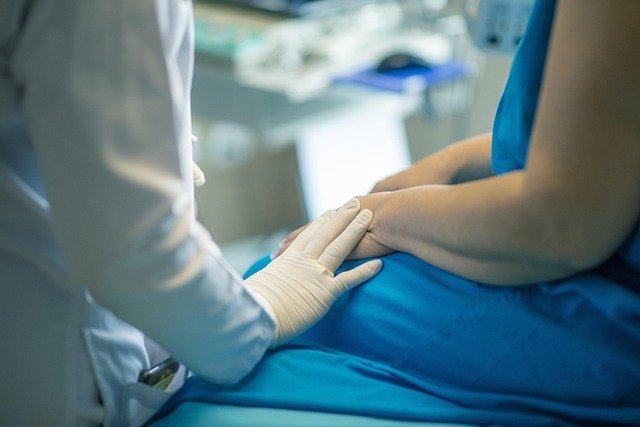Sinus Infection Treatment: Options, Procedures, and Recovery
Sinus infections (sinusitis) cause facial pressure, nasal congestion, reduced smell, and sometimes fever or cough. Many cases improve with home care and medical therapy, while persistent or recurrent infections may require procedural or surgical options. Understanding how medications, balloon-based techniques, and surgery differ helps patients and clinicians choose an appropriate plan.

This article is for informational purposes only and should not be considered medical advice. Please consult a qualified healthcare professional for personalized guidance and treatment.
What medical treatments relieve sinus infections?
Medical management is the first-line approach for most sinus infections. For acute bacterial sinusitis, clinicians may consider antibiotics when symptoms are severe or prolonged; however, many cases are viral and resolve without antibiotics. Nasal corticosteroid sprays reduce inflammation, and saline nasal irrigation helps clear mucus and improves comfort. Oral decongestants or short courses of antihistamines may be used for symptom control, especially when allergies contribute. A clinician will weigh risks and benefits, confirm the likely cause, and tailor therapy to symptom severity and patient history.
What is balloon sinuplasty and when is it used?
Balloon sinuplasty is a minimally invasive procedure that uses a small, flexible balloon catheter to dilate blocked sinus openings (ostia). The balloon is inserted through the nostril under endoscopic guidance and inflated to widen drainage pathways, often without removing bone or tissue. It is typically considered for patients with chronic sinusitis who have not responded to medical therapy and who have anatomies suitable for dilation. Advantages may include less bleeding, preservation of normal tissue, and a shorter recovery time compared with more extensive surgery. Patient selection and imaging studies guide candidacy.
When is sinus surgery recommended?
Sinus surgery is usually recommended when chronic or recurrent sinusitis does not respond to appropriate medical treatment, or when structural problems—such as large nasal polyps, a severely deviated septum, or obstructive anatomy—contribute to persistent disease. Functional endoscopic sinus surgery (FESS) is the standard surgical approach: surgeons use small cameras and instruments to remove obstructive tissue, open sinus pathways, and improve ventilation. The goal is to restore normal drainage and allow topical medical therapies to reach sinus linings. Risks, potential benefits, and alternative options are discussed during shared decision-making with an ear, nose, and throat (ENT) specialist.
What happens during the procedure for chronic sinusitis?
Procedural details vary by technique. Balloon sinuplasty is often done under local anesthesia with sedation or general anesthesia in an outpatient setting; a catheter is guided into the sinus ostium then inflated to dilate the opening. In FESS, surgeons use endoscopes to remove tissue or bone obstructing sinus openings. Preparation includes imaging (CT scan) and preoperative guidance about medications and anesthesia. After either procedure, patients typically use saline irrigations and may receive topical nasal steroids or short antibiotic courses. Complications can include bleeding, infection, or persistent symptoms; rare complications may require further intervention.
How does follow-up care differ after balloon or surgery?
Follow-up care is essential regardless of the procedure. Balloon sinuplasty patients often experience faster initial recovery and may return to routine activities within days, while those undergoing more extensive FESS may need a longer recovery and additional postoperative visits for debridement. Both pathways commonly include daily saline irrigations, topical steroid sprays or rinses to control inflammation, and scheduled ENT follow-ups to monitor healing. If symptoms recur or new concerns arise—intense pain, high fever, or persistent bleeding—prompt evaluation by local services or a specialist in your area is recommended to assess for complications or need for further treatment.
Conclusion
Treatment for sinus infections spans conservative medical options, minimally invasive balloon procedures, and more extensive sinus surgery. Choice of therapy depends on the infection’s likely cause, symptom persistence, anatomical factors, and patient preferences. Working with an ENT or primary care clinician to review imaging, response to prior treatments, and potential risks will help determine the most suitable approach for each individual.






